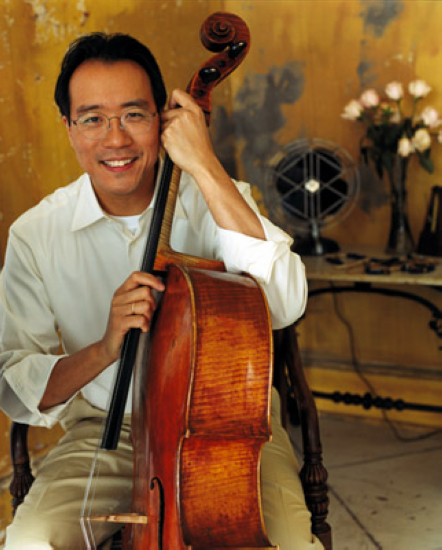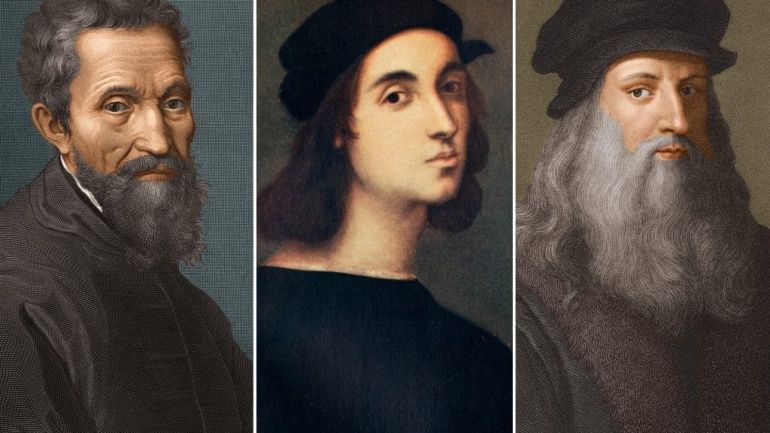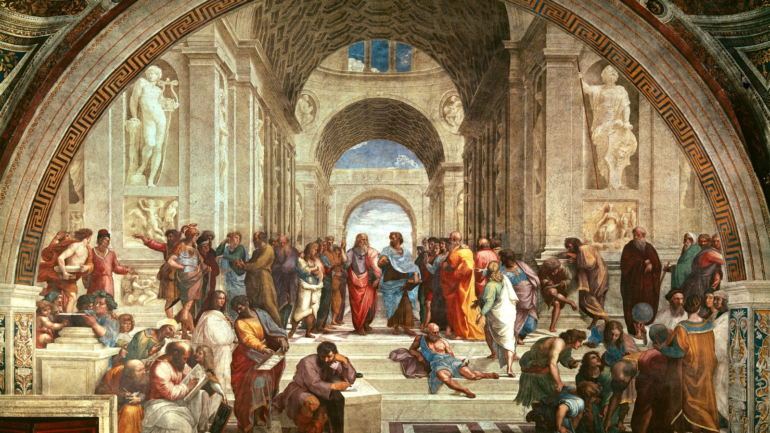Today, we will continue discussing Bach and the characteristics of the Baroque era that he embodied.
Suite: Bach’s Beloved Form of Composition
- Bach is undoubtedly the master of Baroque music. His compositions are filled with the distinctive traits of Baroque art — richly ornamental and dazzling in variety. To understand the overall structure of Bach’s works, it can be summed up simply: he had a deep affection for composing various suites. He excelled not only in keyboard suites but also made significant contributions to string suites.
- The suite is one of the oldest forms of instrumental collections, made up of several relatively independent movements arranged under a unified artistic vision. A suite is much like a Western-style multi-course meal — the sequence of “dishes” (movements) matters, although there is no fixed number. Artists have the freedom to express and arrange them creatively. As early as the 14th century, it was common in dance parties to alternate between slow and fast dance pieces. Bach achieved remarkable artistic heights in his suites. Representative examples include his keyboard suites — English Suites and French Suites — and his famous string works, such as the Sonatas and Partitas for Solo Violin and the Cello Suites.
- Suites typically revolve around a central theme, with consistent emotions and tone across the different pieces. The prelude in a suite serves as an appetizer — originally a warm-up by performers before formal playing. In Bach’s hands, the prelude became the freest form in the suite, often imaginative and unconstrained.
- Bach’s Sonatas and Partitas for Solo Violin are regarded as the “Old Testament” of violin music, composed around 1720 in Köthen, Germany. The collection includes six works, catalogued as BWV 1001–1006. The odd numbers are the three sonatas, and the even numbers are the three partitas. The first partita has eight movements, the second has five, and the third has seven. In these compositions, Bach designed the violin to express all possible chords and employed almost unplayable counterpoint techniques. It can be said that this set marks the pinnacle of violin music in Bach’s oeuvre.
- After Bach, very few attempted to write sonatas for solo violin again — it is a peak that is hard to surpass. Performing unaccompanied music is akin to singing a cappella — to avoid monotony, the performer must take on multiple roles at once, which demands extraordinary skill. The difficulty of Bach’s Sonatas and Partitas lies not in the number of notes or the range, but in the fact that he did not treat the violin merely as a melodic instrument. Instead, he used it to demonstrate four-part harmony that would be challenging even for a keyboard instrument.
- Bach’s Cello Suites, catalogued as BWV 1007–1012, are often referred to as the “Bible” of cello performance. They are among the earliest unaccompanied compositions to gain worldwide fame. In these works, Bach reached unprecedented heights in musical structure, artistic expression, and intellectual depth. Many renowned cellists dedicate their lives to recording these masterpieces. Interestingly, the Cello Suites were not discovered during Bach’s lifetime — they were unearthed and brought to the world in the early 20th century by Spanish cellist Pablo Casals.
- Bach also composed another type of suite — the Orchestral Suite. In Bach’s time, the symphony had not yet emerged, but orchestras were already well established. He combined different instruments to perform various dance forms and movements, thereby composing his orchestral suites.
- Vocal music was another significant part of Bach’s output, including cantatas, passions, oratorios, and masses. Among them, the St. Matthew Passion and the St. John Passion musically portray the Passion of Christ as told in the Bible. The Mass in B Minor, composed later in Bach’s life, was a compilation of earlier works. These vocal pieces represent a culmination of techniques suitable for sacred music and, in fact, go beyond the constraints of traditional liturgical music.
Tip:
Yo-Yo Ma and Bach
Most musicians wait until they have achieved great fame and success before choosing to perform Bach’s unaccompanied suites. However, the renowned Chinese-American cellist Yo-Yo Ma recorded the complete set of Bach’s unaccompanied cello suites at a very young age. Yo-Yo Ma shares a deep and enduring connection with Bach. In the 1990s, he collaborated with other artists on an artistic project in Boston that used architectural forms to interpret Bach’s music — an idea inspired by Bach’s unaccompanied suites.



